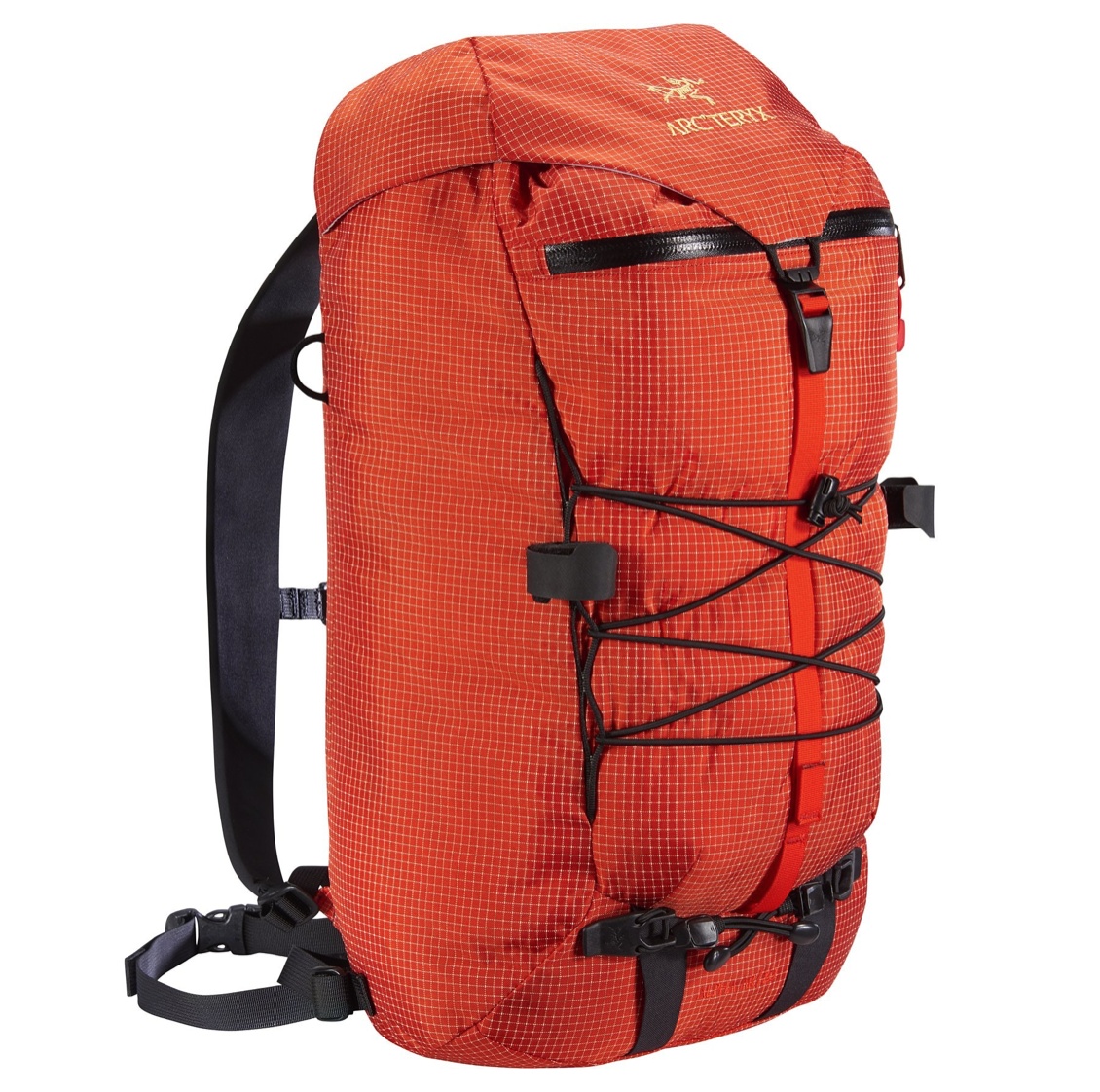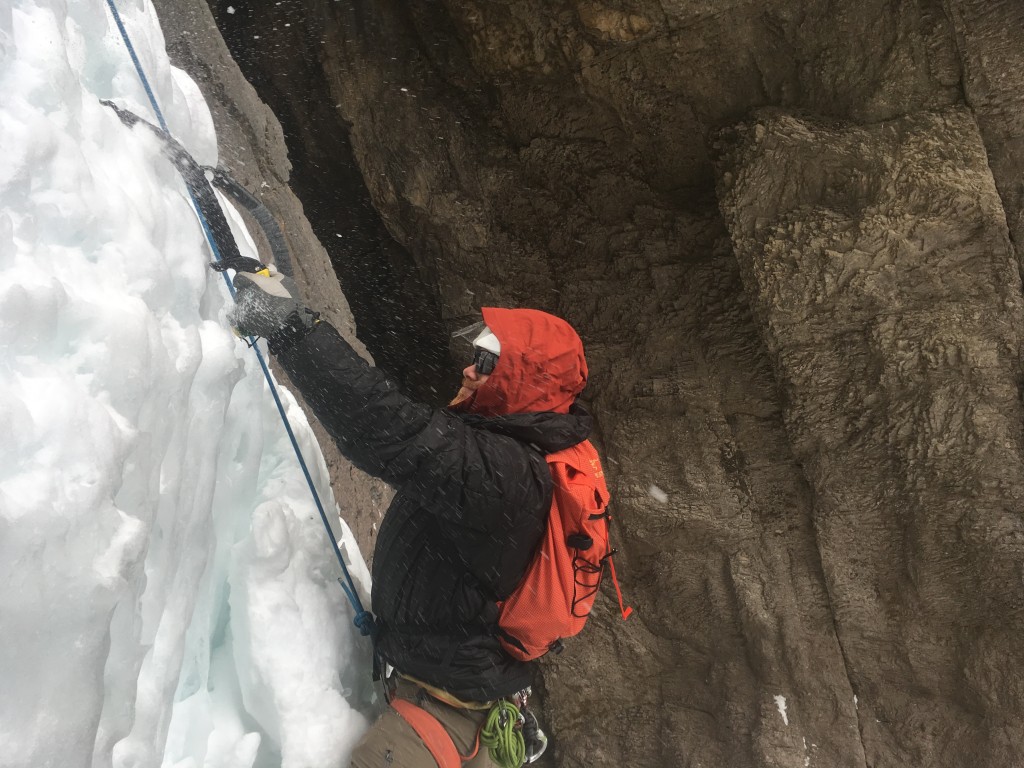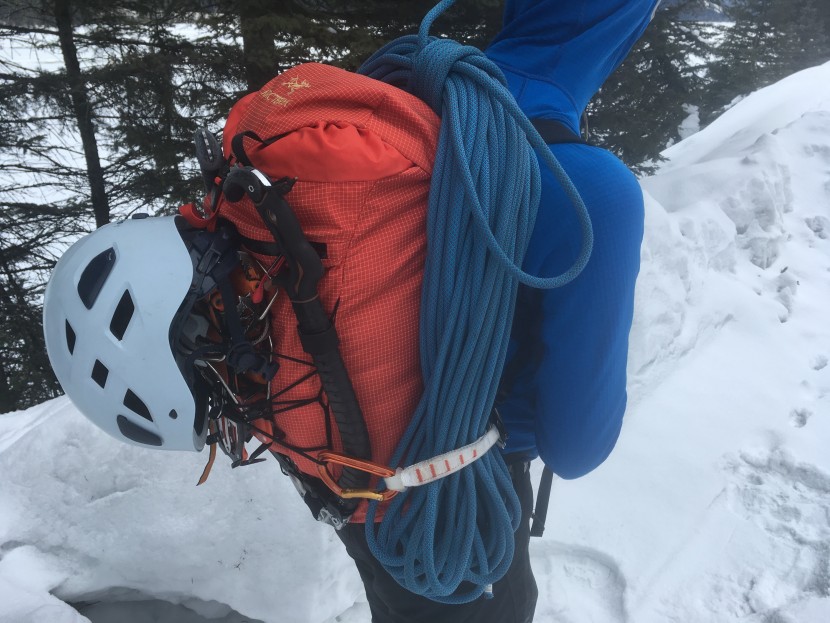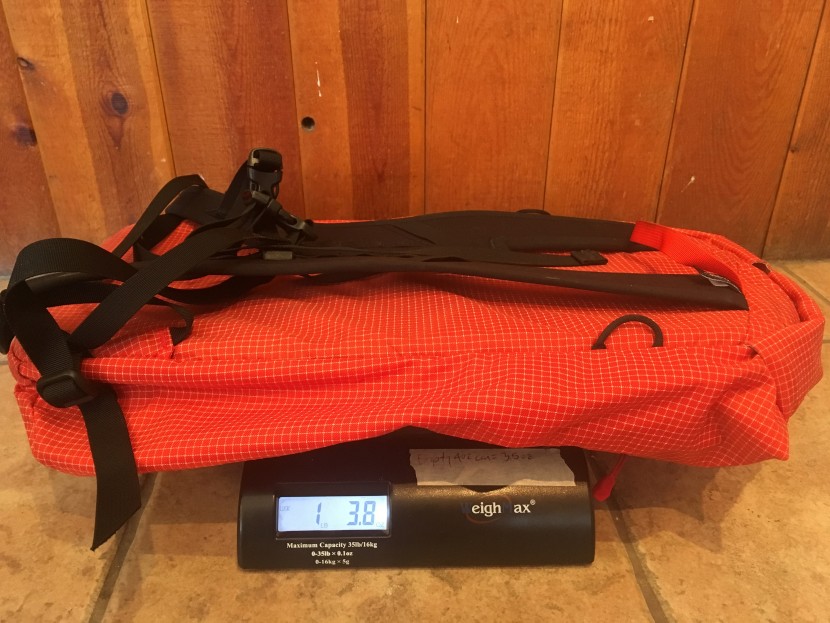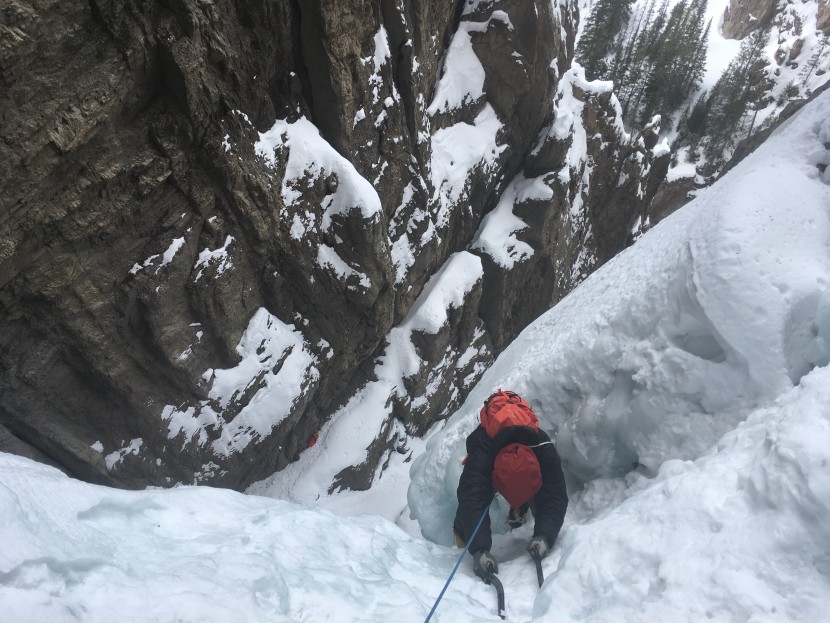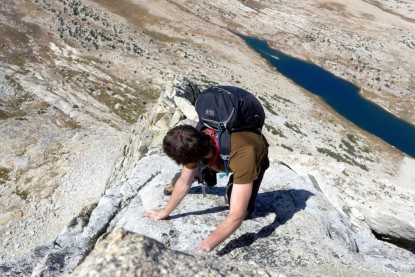Arc'teryx Alpha AR 20 Review

Our Verdict
Our Analysis and Test Results
Search “Arc'teryx Alpha AR,” and you'll find all sorts of relevant results from Arc'teryx that aren't this pack. Confusing naming schemes aside, the “AR” stands for “all-around” — and this bag gets that right. When it comes to multi-pitch rock climbing, it isn't our favorite, but it does work and also does well for other applications, specifically alpine climbing.
Comfort
The Arc'teryx Alpha AR 20 is not an uncomfortable pack. The shoulder straps have minimal padding, but that's appropriate for a pack of this volume. Testers with shorter torsos found that this pack did not cause too much trouble when chalking up and didn't interfere with a helmet when looking up.
This pack has some top to bottom taper, but less than other models. We liked the removable foam back pad. It is dual-density, so squishy on one side for comfort and firmer on the other, this lends the pack some structure and gives extra protection from pokey items. However, some testers found the added rigidity distracting while climbing.
Climbing Utility
The Alpha AR has the basic features we like on a small climbing pack, and some extras. It has all the standard hydration system accouterment. There's a small zippered pocket in the pack that holds a bit more than similar pockets in other packs. The pack also has a big exterior zippered pocket. We found that the shock-cord that comes on the pack makes it hard to fully use this pocket. Our testers removed it and replaced it with a longer piece.
The ice tool head attachment points were a little snug on Petzl Nomics, especially when the pack was already full. The buckle/hook which secures the lid is different from other packs and has a bit of a learning curve. We aren't totally sure what the purpose of the lid is on this pack. It has no pockets, slightly restricts the volume of the bag, and isn't that useful for holding a rope when the bag is anywhere near full. It does keep rain and spindrift out, so it could be useful if you often find yourself climbing in foul weather.
All the external attachment points are possible spots for the pack to hang up while bushwhacking or hauling. Speaking of that, it lacks any hauling specific features and the sternum strap buckle is not an emergency whistle.
Durability
Arc'teryx has built this bag out of what they call, “N315r HT nylon 6,6 LCP fabric”. It seems like 300 - 400 denier ripstop nylon. The ripstop grid feels more textured, they claim it's “liquid crystal polymer”. We're not sure what all that really means, and we don't do any specific abrasion testing as part of this review.
That being said, the fabric does seem more durable than other nylons with the same denier. The buckle/hook that secures the lid seems very durable.
Versatility
The Alpha AR 20 is not our first choice for trips in town where style matters. That consideration aside, this is a versatile bag. It sports a number of external attachment points, including two daisy chains that the shock-cord runs through. Ice tool attachment points make this pack great for quick alpine climbs.
It's not our first choice to pack into a bigger bag for a multi-day backcountry trip. There are less bulky and lighter options for that.
Weight
The Arc'teryx Alpha AR 20 weighs 1.2 pounds (19 ounces, 544 grams). This is just above average for our pack line-up. The hip belt, sternum strap, shock-cord, and part of the ice tool attachments can be removed to save weight.
Value
The Alpha AR is one of the pricier packs in our review. If you're looking for a pack specifically for multi-pitch rock climbing, we don't think it's a good value. If this will be a daypack that you use for all sorts of other applications, then it could be a slightly better value, though other alpine focused daypacks exist for less money.
Conclusion
Any item designed for all-around use will be less effective at a specific job than one designed for that job, and that's the case with the Arc'teryx Alpha AR 20. It's very versatile, but not always our first choice for climbing comfort, and its general-purpose feature set doesn't always stack up well against packs designed specifically for rock climbing.


